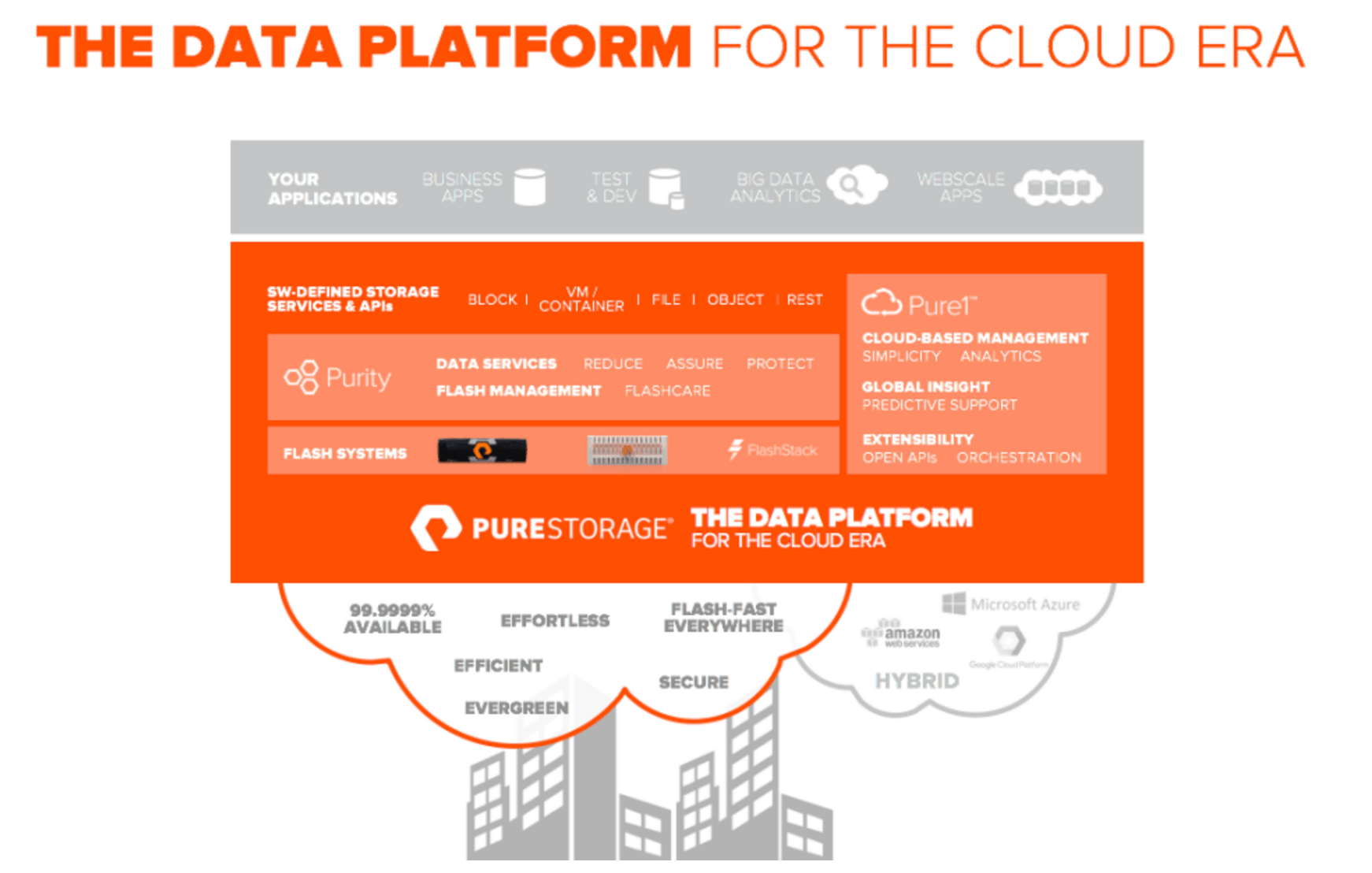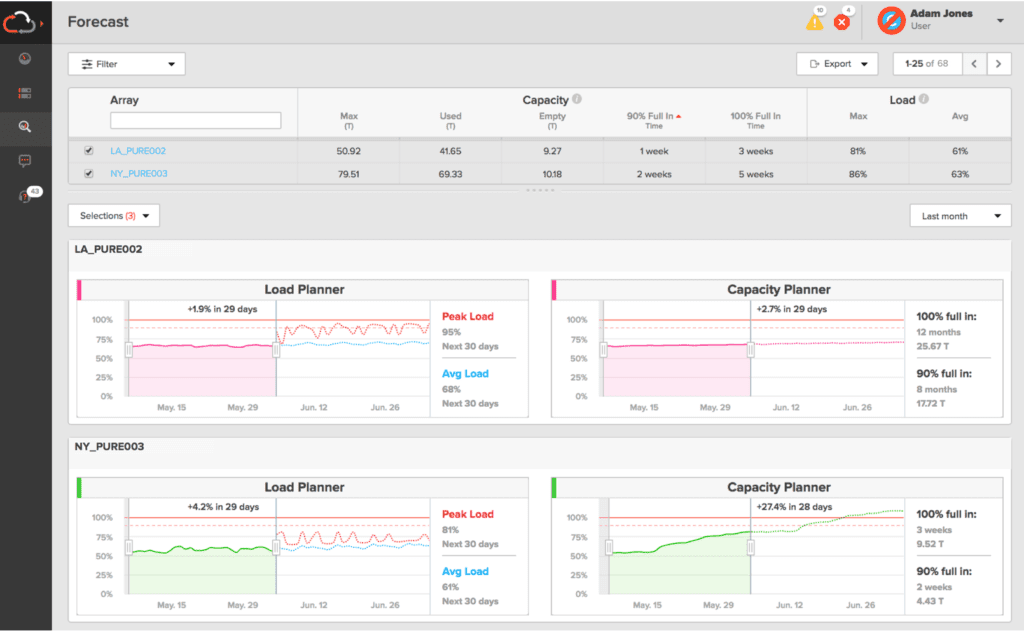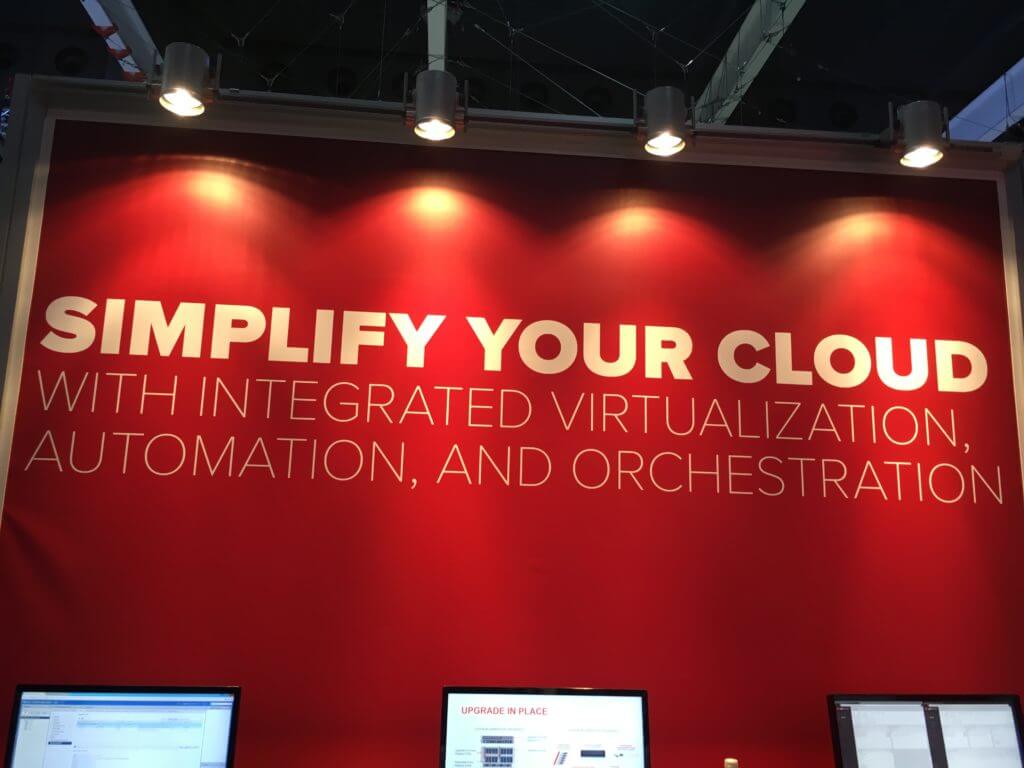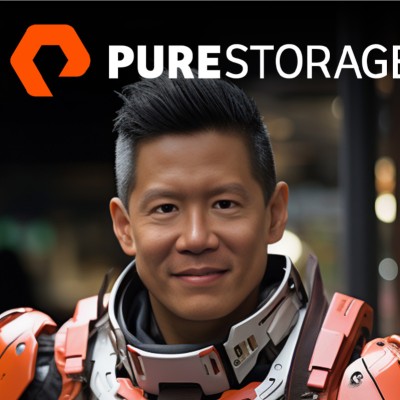Cloud First
Cloud First is a mantra heard by many in tech. For smaller companies, it can make a lot of sense. For large companies, there are many good use cases for public cloud. This week @ VMworld Europe in Barcelona, cloud and cloud-like services will be on the minds of everyone. Companies are automating processes and providing a self-service experience on-premises in private clouds. They are also taking advantage of Software-as-a-Service provided by specialty cloud providers and leveraging innovative cloud services provided by large public cloud hyperscalers. We’re all here to learn how we can improve these efforts and take advantage of the capabilities these cloud models provide.
Companies aren’t choosing a singular cloud for all of their business needs. Companies deploy applications across multiple clouds and even hybrid cloud environments. Multi-cloud is the use of multiple cloud services, usually with applications happening independent of each other. A Hybrid Cloud processes workloads and applications across multiple cloud resources. So what’s right for your company? This all seems complex. Let’s discuss and simplify.

Private Cloud
Companies have been deploying IT infrastructure on-premises and virtualizing hardware and applications for years. While it has been challenging to provide full automation and orchestration, Private Cloud software such as VMware vRealize, Cisco UCS Director, Microsoft System Center, OpenStack and containers make it a lot easier for enterprises to enable cloud-like services from data centers or from a service provider. VMware VVols 2.0 further streamlines private cloud management of storage with granular VM-level operations, automation via storage policy based management, and native portability to public clouds. Vendors that provide integration with these platforms are critical to executing a private cloud successfully.
Additionally, next generation management platforms include Pure1 Meta for effortless, self-driving storage and Cisco’s upcoming Starship for “pervasive simplicity” and “intuitive computing”. With Pure1’s Meta, artificial intelligence and sensor technology take proactive support to the next level and add on the ability to learn and help predict workload needs. Read this blog to learn more about machine learning with Pure1 Meta.

Benefits of a private cloud include the ability to architect for performance, optimize application availability and ensure data governance, control, and security. IT Vendors who provide built-in private cloud platform integration, and with pre-built and tested converged infrastructure (CI) building blocks, help customers realize the value of private cloud quickly, which frees up IT / Dev resources and accelerates business results. Infrastructure that is resilient, high-performance, dead simple to deploy AND manage are critical for success. Otherwise all efforts are wasted with applications that lag, trouble-shooting, downtime, and complex management. On-premises infrastructure needs to operate like a service, like Saas, and thus it needs to be non-disruptively upgradeable and Evergreen™. This ensure that periodic upgrades, maintenance and replacements don’t interrupt the services organizations provide to their customers.

Public Cloud
With Amazon Web Services®, Microsoft Azure®, and Google Cloud Platform™, companies can leverage pre-built Infrastructure-as-a-Service on-demand. They can scale up and they can scale down which provides economic benefit. Just like renting a car or vacation home, customers can take advantage of cloud services with less investment up front. On the flip side, ongoing utilization of cloud services can be expensive, esp with regard to the cost of data transfer out of the cloud. Analyst, IDC found customers are also concerned with security, regulatory and compliance, IT governance, reliability and uptime, and vendor lock-in (Source: IDC, Worldwide and Regional Public IT Cloud Services Forecast, 2016-2020, #US40739016). So.. what’s right for you?
Hybrid Cloud or Multi-Cloud
A combination of private and public cloud resources is inevitable and many companies are investigating and deploying this today. The combination of customer owned all-flash, highly automated storage and public cloud capability help customers achieve the performance, security and control they need and the elasticity and agility offered by public cloud. Pure’s Open Connect for AWS and for Microsoft Azure accelerate public cloud connectivity (Design Guides for AWS and Azure available). Workloads that require a high level of performance, control and burst capability are good candidates for hybrid cloud. Consider whether workloads are read intensive or write intensive to understand what data transfer costs will be incurred by the use of public cloud.
Customers evaluating hybrid cloud have new choices entering the market today. VMware® on AWS as well as Microsoft Azure Stack are just two examples. Both have recently been released as Generally Available, however they are both first generation and their features / capabilities are more limited now than they will be later as they gain customer momentum and feature completeness. More on this in future blogs, but think about how these options can be leveraged and connected to on-premises investments.
Sometimes customers prefer moving data from one cloud to another for back-up, archive or data migration purposes. CloudSnap, announced @ Pure’s Accelerate 2017 conference, will deliver native cloud integration with the ability to replicate Pure Snapshots from on-premises to NFS or public cloud targets. Future capability include data migration in cloud native formats, enabling full access to the public cloud’s PaaS services, for the ultimate in multi-cloud agility.
So, now what?
- Consider the requirements of your customers, workloads and applications today and over time. What you can build today and what you’ll need in the future can be very different. Ensure you have a plan that is ready for your business as it changes.
- Decide what investments you’ve already made and how you can make incremental investments to completely modernize your data center capability. In addition to using vRealize, Cisco UCS® Director, Microsoft System Center, OpenStack or Kubernetes®, an all-flash automated datacenter with the addition of Pure Storage® or FlashStack™ is an EASY way to make this happen.
- Leverage SaaS and Public Cloud where it makes sense, but carefully consider long-term lock-in and ongoing OPEX costs. Hybrid cloud connectivity and data transport to public cloud should be considered.
- Provide the best of both worlds with Multi-Cloud and Hybrid Cloud options. With Hybrid Clouds, ensure your infrastructure is rock solid (99.9999% uptime is a start) and consider what workloads need this combination of resources. Ensure your strategy includes the ability of data to be moved easily between clouds (demo).
- Lastly, continue to monitor and forecast your application requirements (with Pure1 Meta for example) and use of cloud and on-premises infrastructure. Changes in business needs will require the turning on OR off of cloud services and modernization of software and hardware to keep up (again.. an Evergreen business model helps a LOT!)
Whatever you do, consider vendors who can help you in this journey to modernize your infrastructure and to simplify your cloud choices. Learn more about the Data Platform for the Cloud Era @ www.purestorage.com.

A Dynamic Duo
Learn more about the Pure Storage and Nutanix partnership from Pure Storage CEO Charlie Giancarlo.







